 This is a great article from I Heart Dogs! Recently ALR has adopted out several puppies and very young Labs. We thought this would be very helpful information! Teaching your puppy or young dog sooner versus later could potentially save its life one day!!!
This is a great article from I Heart Dogs! Recently ALR has adopted out several puppies and very young Labs. We thought this would be very helpful information! Teaching your puppy or young dog sooner versus later could potentially save its life one day!!!
From I Heart Dogs:
Bringing home a new puppy is one of the most exciting things you can do. Everyone wants to snuggle, play with and take pictures of the furry bundle of joy. Because of their size, cuteness and our human tendency to think of them as “babies,” training your new puppy may be the furthest thing on your mind. However, by the time you get your puppy at around 8 weeks old, they are definitely able to learn. This mean if you don’t teach them what you want them to do, they will teach themselves things. So, start your puppy off on the right paw by making sure you teach him the following 10 cues every puppy should learn as soon as possible.
#1 – Leave it
This one is so important for the safety of your puppy! You want to be able to prevent him from eating or chewing on something that may be harmful. Start with something easy like a toy!

#2 – Drop it
This cue is great to help your puppy learn appropriate toy play including ending a game of tug or dropping a ball for fetch. It also rewards them for giving you something (because you give them a treat or another toy) instead of guarding it. Finally, it can be used as a back-up if for some reason your leave it cue failed or you were too slow to give it.

#3 – Name
Your puppy should learn to respond to his name by giving you full eye contact. That way, you know he has your full attention should you need to give another cue (such as come, or leave it).

#4 – Come
Another equally important cue for your puppy’s safety. Don’t let your dog off leash anywhere until he has a reliable come.

#5 – Sit
Sit is a good cue to teach your puppy to help with manners. It can be used to greet people, before you throw a ball, etc. You can also teach a down instead, if you prefer, or even better, both.

#6 – Stay
Stay is a very important cue, again for your dog’s safety, but also your own. For example, stay is great when you are coming in the door with something heavy or bulky and you don’t want your dog to come and trip you up. Stays are also good for greeting people at the door, so your dog doesn’t bolt out of it. And, of course, it’s important if you are going to do almost any dog sport later in life.

#7 – Off
While this cue isn’t imperative to your dog’s safety, it does help with one of the biggest complaints owners give – jumping up. And, if you teach when your pup is teeny tiny, you can avoid the problem all together when he gets bigger.

#8 – Heel
“Heel,” “with me,” “side,” whatever you want to call it – walking next to you on a loose leash is taught easiest right away. There is no reason why your little 8 week old pup can’t start learning on- and off-leash manners inside the house! Work on it just a couple minutes a day and you won’t have to worry when your dog gets bigger and stronger, he will already have nice manners.

#9 – Watch me
This cue is great to teach your puppy because it encourages them to focus on you. Those obedience dogs that spend the entire time staring up at their owners got their start with a cue like “watch me,” which simply means “give me eye contact.” You can build it up to be as long of a look as you like.

#10 – Emergency Come
Getting dogs to come can be tricky. Many of us have our “come” cue that our dog eventually responds to, but it’s not critical if they stop to go potty before they get to us, or to sniff a tree. However, there are times when you need your dog to come now. Sometimes, it may be because of an emergency – like they are in the middle of the road and car is coming. Other times, you just may be in hurry. Having a second come cue that means “come immediately at a run” is a great cue to have up your sleeve. Teaching it young will help solidify it for years to come.

About Author

Kristina Lotz has loved animals her entire life. Her mom used to say “Kristina loves all animals and they all love her.” It was this special connection with pets that made her decide to become a Certified Professional Dog Trainer – Knowledge Assessed (CPDT-KA). She trains using only positive reinforcement methods and is an advocate for ending correction training and the use of harsh training tools on our best friends. When she is not training, she is writing. Kristina has written for the pet industry since 2009, writing about everything from training and behavior to DIY projects. She especially love to write about rescue stories. (Have one to share with me? Email me at Kristina@homelifemedia.com). Kristina has owned everything from horses and goats to guinea pigs and birds and of course, dogs and cats. She enjoys competing with her animals and has shown horses, dogs and even sheep. She is a member of the Association for Professional Dog Trainers (APDT) and the Dog Writers Association of America. She smartly married a vet technician and groomer, who keeps all of her fur kids (even those with hooves!) happy and heathy. Visit her website at www.afairytailhouse.com
Comments
Post Date
February 5, 2016









 The Druid Hills Billys
The Druid Hills Billys Field Trial Demonstrations
Field Trial Demonstrations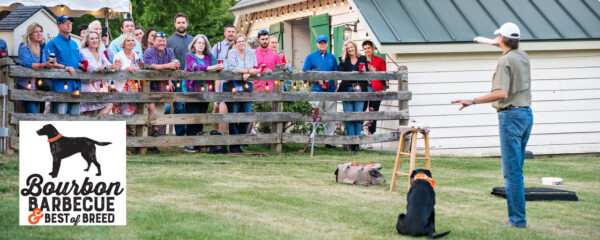
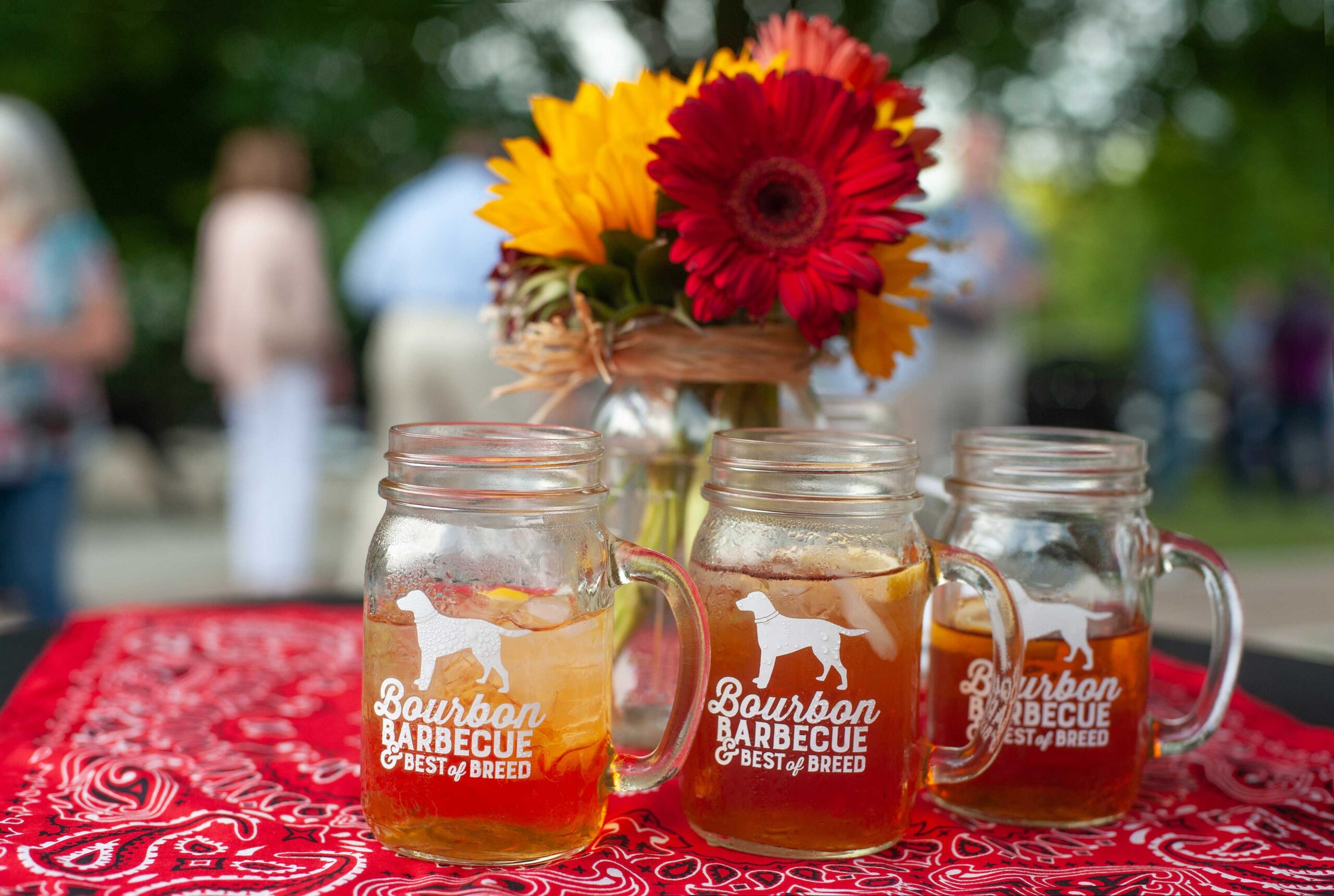

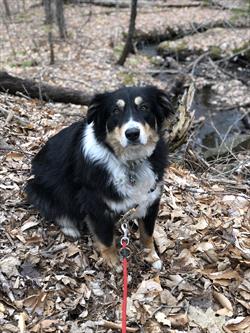 Maddy in the leaves. Photo Courtesy of Pat Koven, LVT, KPA-CTP
Maddy in the leaves. Photo Courtesy of Pat Koven, LVT, KPA-CTP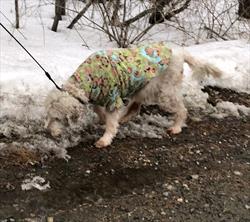 Clancy on his long line. Photo Courtesy of Pat Koven, LVT, KPA-CTP
Clancy on his long line. Photo Courtesy of Pat Koven, LVT, KPA-CTP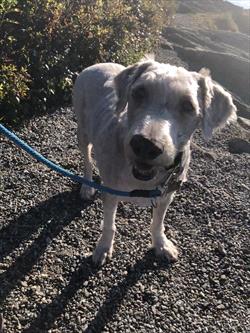 Casey stands on pebbles. Photo Courtesy of Pat Koven, LVT, KPA-
Casey stands on pebbles. Photo Courtesy of Pat Koven, LVT, KPA-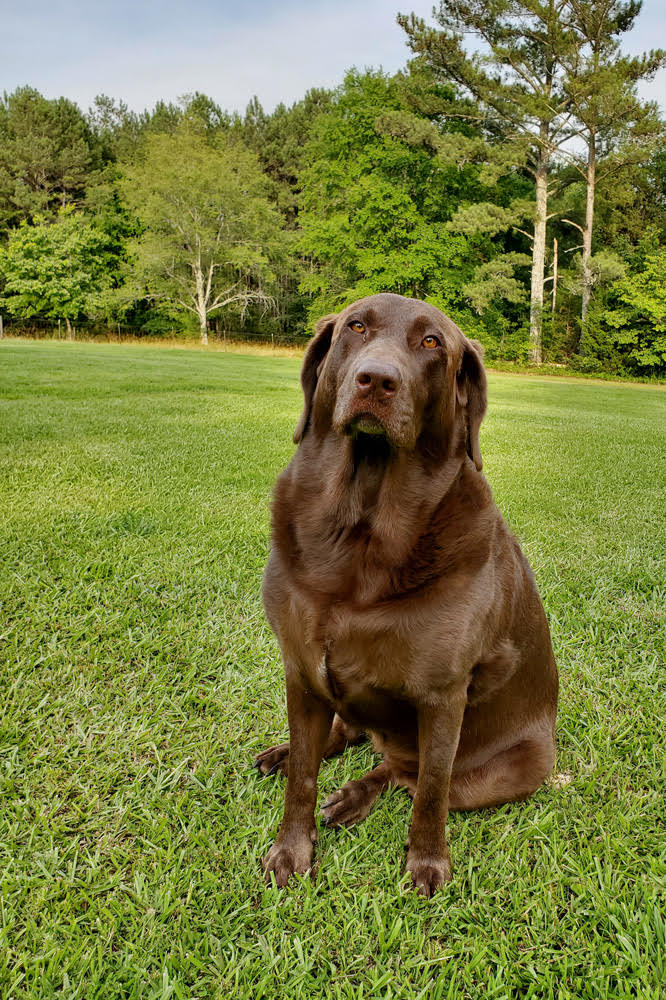

 This is a great article from I Heart Dogs! Recently ALR has adopted out several puppies and very young Labs. We thought this would be very helpful information! Teaching your puppy or young dog sooner versus later could potentially save its life one day!!!
This is a great article from I Heart Dogs! Recently ALR has adopted out several puppies and very young Labs. We thought this would be very helpful information! Teaching your puppy or young dog sooner versus later could potentially save its life one day!!!








